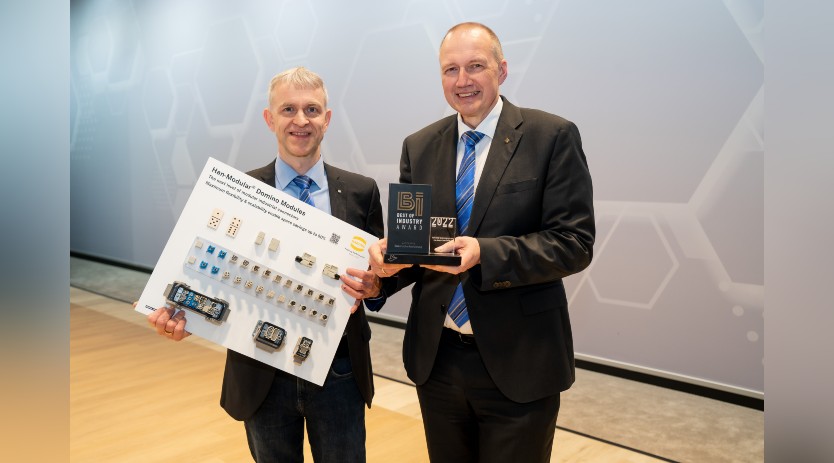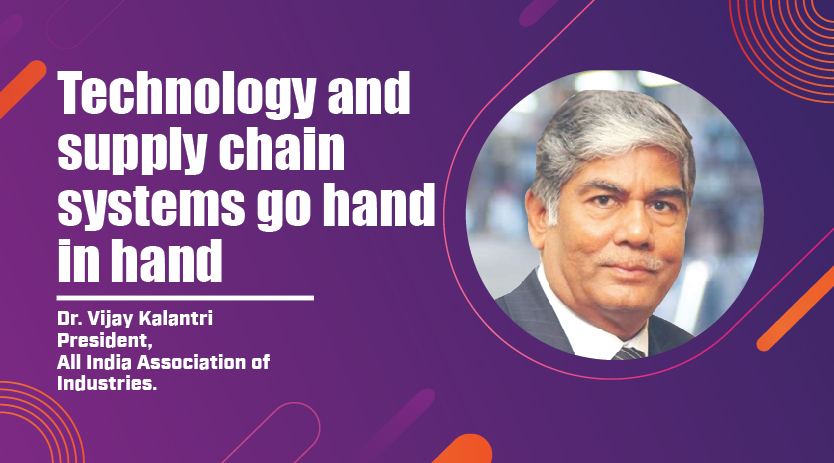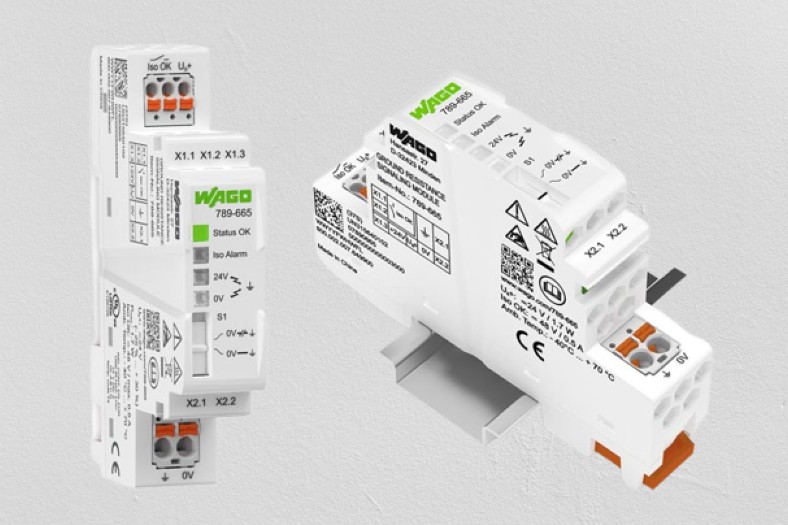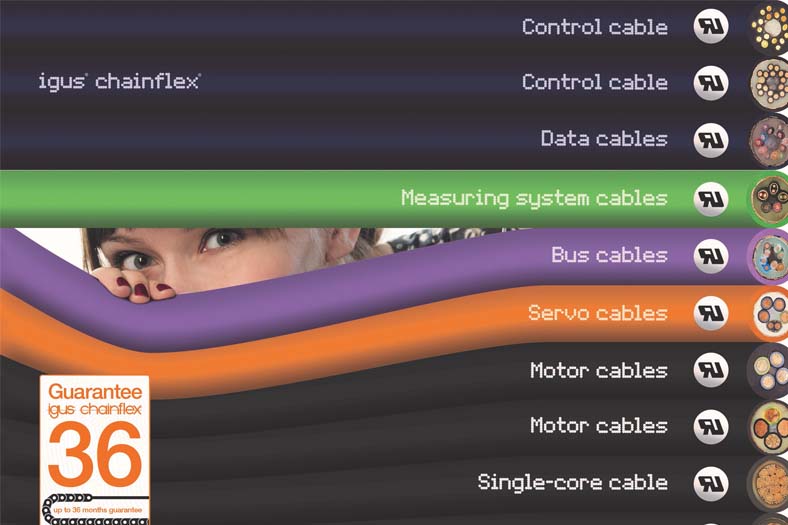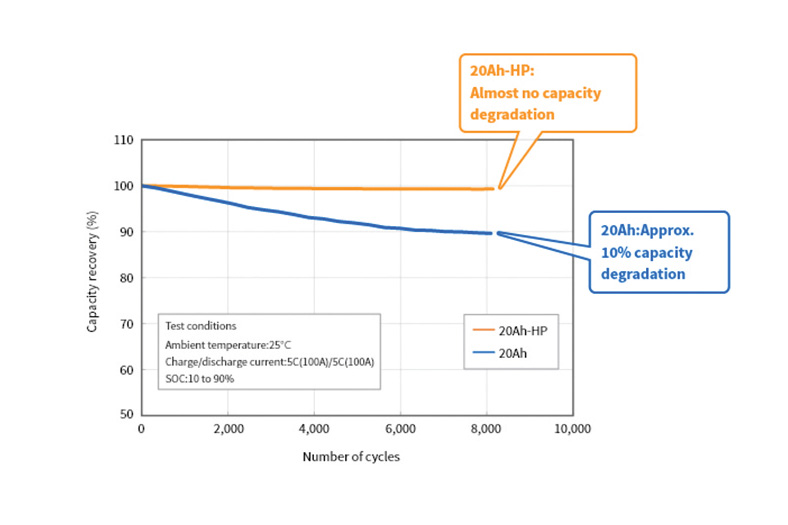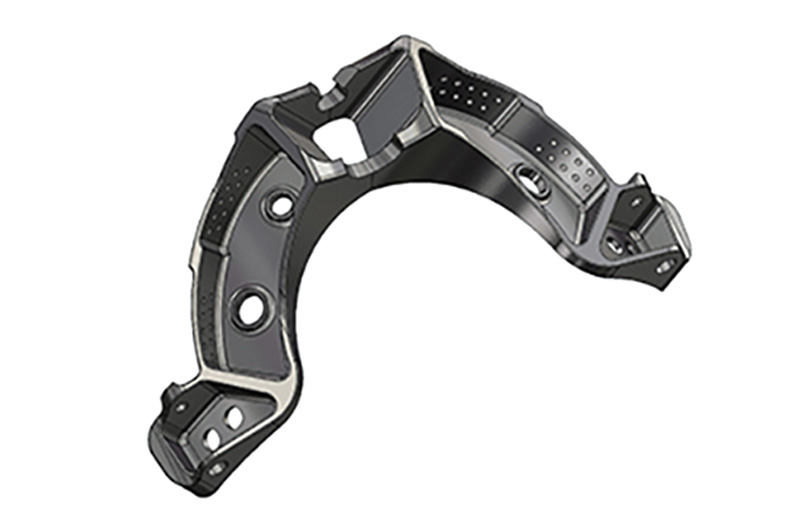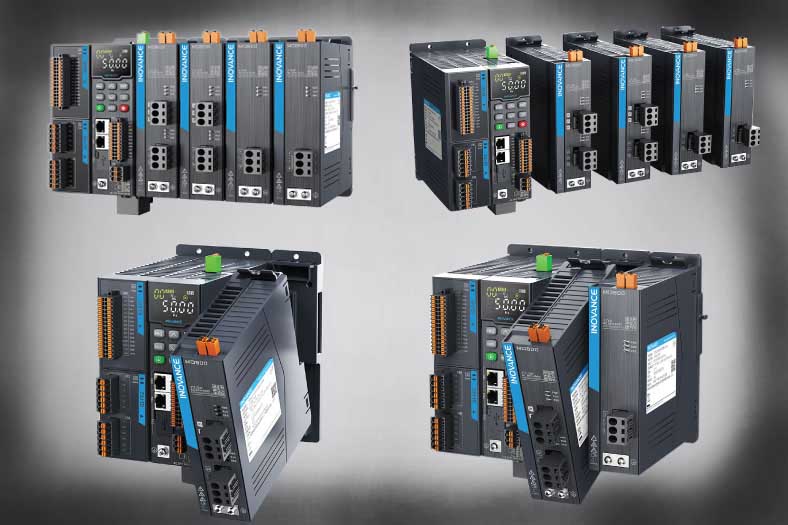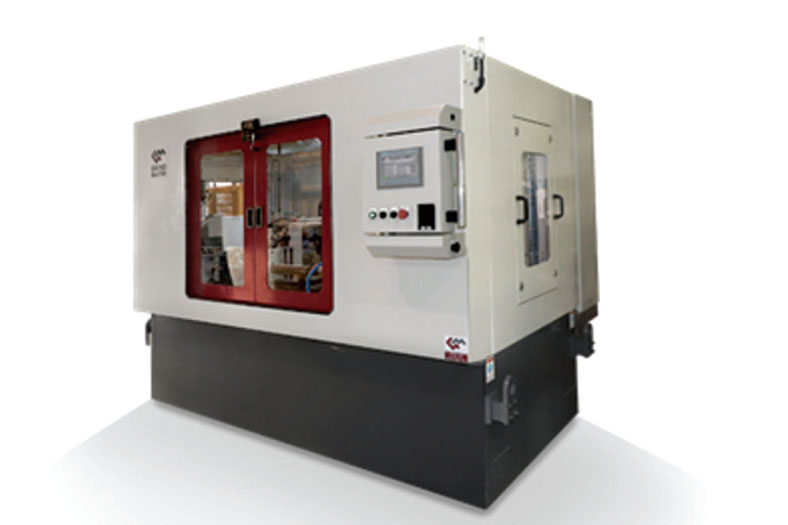‘Make in India’, at present is ‘work in progress’
By admin June 29, 2016 11:45 am IST
Draught conditions not only affect the agrarian businesses, but also adversely impact the manufacturing industry and shortfall of water supply also affects the generation of steady electricity and power supply which hampers manufacturing.Vikas Khanvelkar, Managing Director, DesignTech Systems Ltd
The ambitious campaign ‘Make in India’ was launched by Prime Minister in 2014 seemed extremely promising. The idea behind the thought was to encourage more Foreign Direct Investments (FDIs) in India while also helping the indigenous manufacturing industry to emerge stronger than before. The campaign is aimed at making India the manufacturing hub. India up until last year was majorly perceived as prime services exporter by the foreign industry. India was also looked at as a ‘consumer nation’. All the MNCs that are into product development, would get their products manufactured in China and India with the world’s highest middle class population with increasing disposable income was looked at as a nation of consumers and the foreign companies would hence market and sale their products heavily in India. The money in turn left the country and all the parties who profited out of it were not present in India. With this campaign the government wanted an image makeover for India, making it also an ideal destination for manufacturing which would be a big thrust to Indian economy, increase employment and also add to the GDP. However, it is important to understand that, only the launch of campaign will not guarantee its success. The supportive policy creations and law formations, and constitutional decisions also play a crucial role in making the campaign successful. For e.g. on one hand government wants to increase FDI, while on the other hand they have not been able to implement or introduce ‘ease of doing business’ policies. With complicated and ambiguous taxation structure, the foreign companies would hesitate investing in India. GST would go a long way in simplifying that. But delay in implementing GST would certainly affect the success of ‘Make in India’ campaign.
Infrastructure is not yet completely in place to support heavy industries. Draught conditions not only affect the agrarian businesses, but also adversely impact the manufacturing industry and shortfall of water supply also affects the generation of steady electricity and power supply which hampers manufacturing. This severely impacts manufacturing industry. The government is investing tremendously in building necessary infrastructure and looking for ways to harvest alternative energy such as solar energy and establish steady power supply; however the real positive impact of the same will be felt once there is strong infrastructure in place.
Defence sector is the one with highest spending capacity and they invest heavily and consistently in upgrading military technology and equipment. Most of this is purchased from other nations. 30 per cent offset policy makes the foreign suppliers to make 30 per cent in India. But large portion of this offset remains unused as Indian companies are not able to handle the demanding requirements of the foreign supplier.
Another sector, which also witnesses heavy capital investment is railways. Building robust rail network and wagons indigenously would also provide the much-needed boost to the manufacturing sector.
Cookie Consent
We use cookies to personalize your experience. By continuing to visit this website you agree to our Terms & Conditions, Privacy Policy and Cookie Policy.




